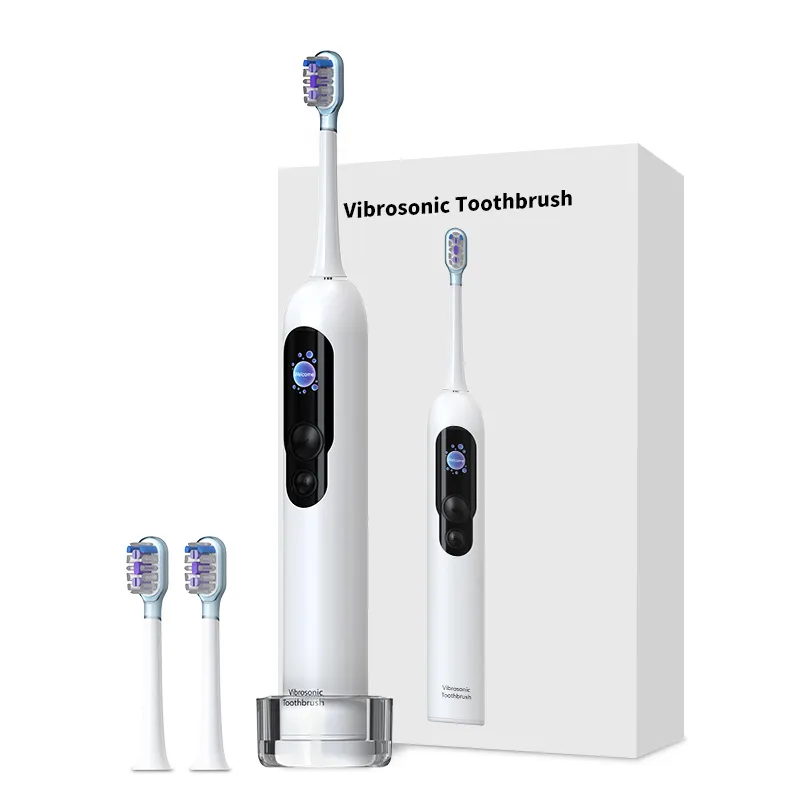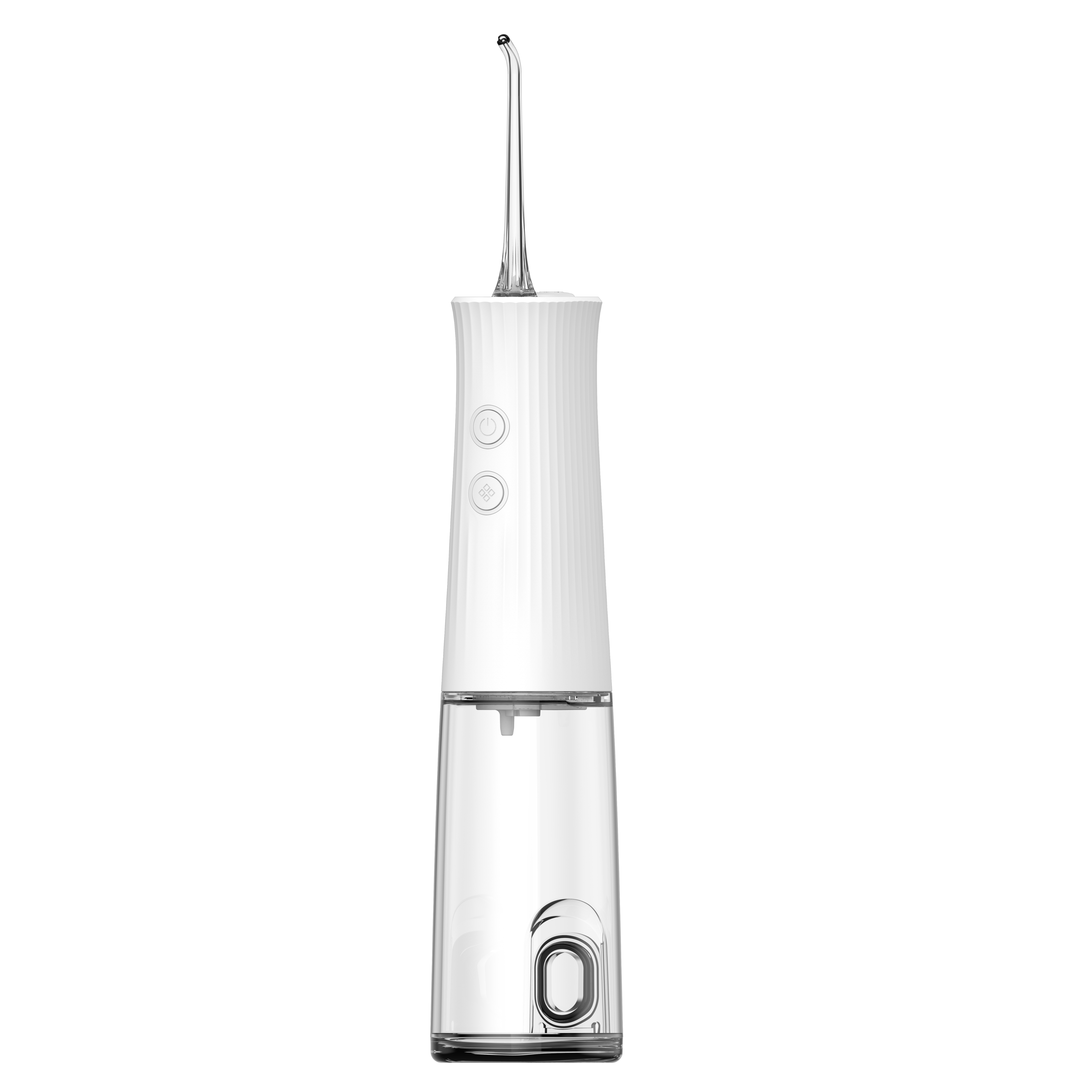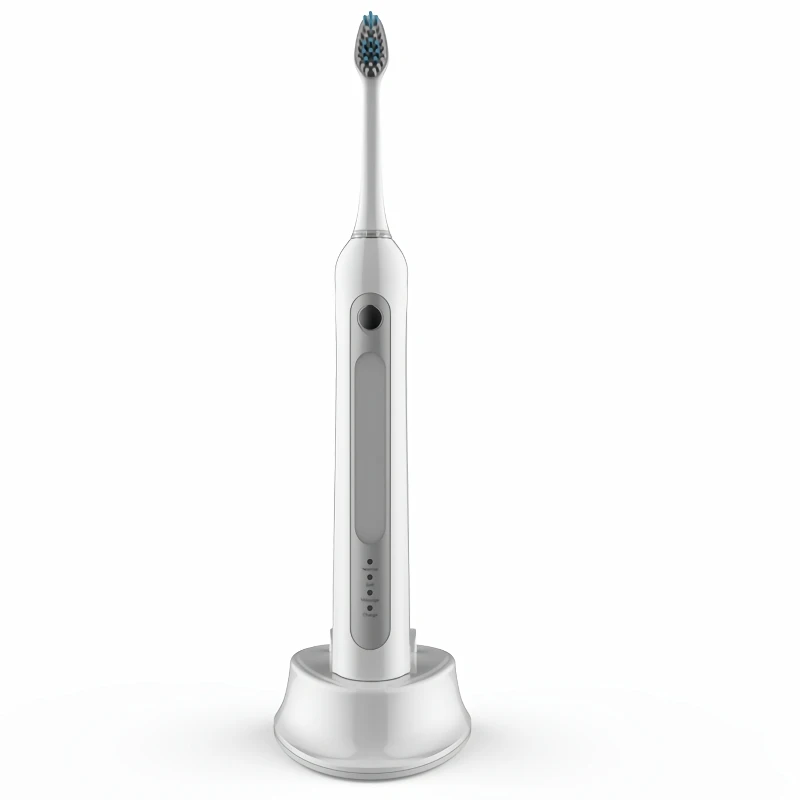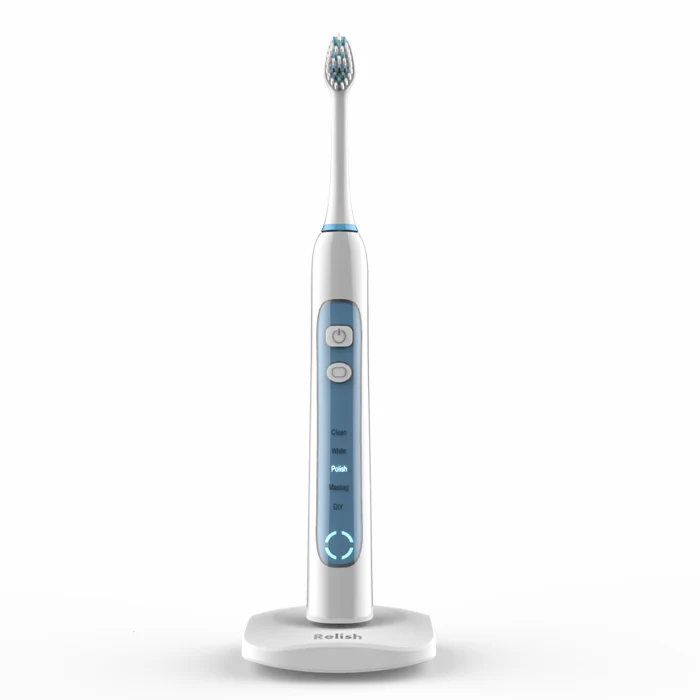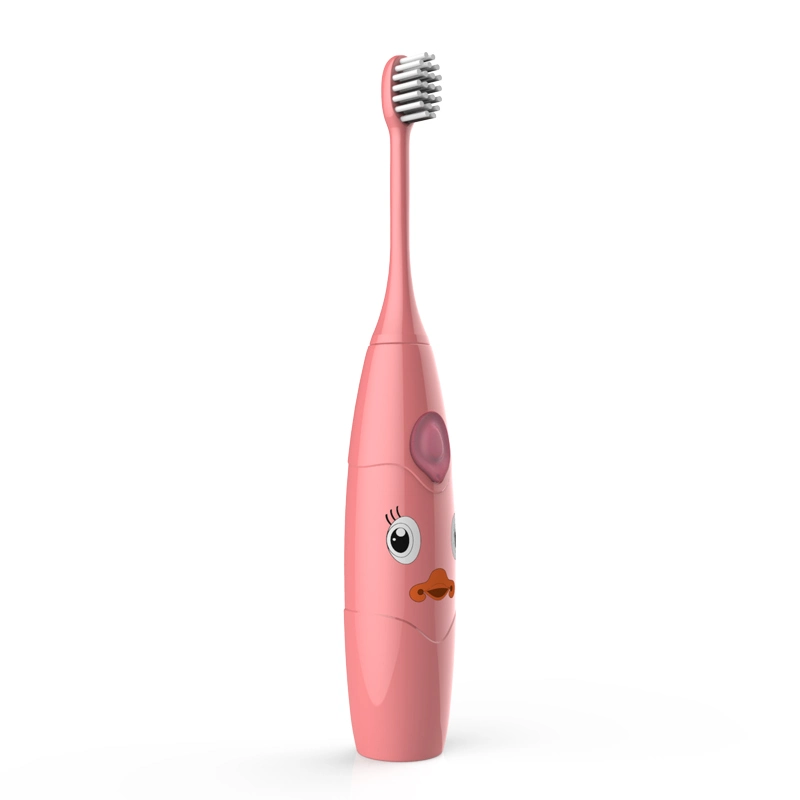Location:HOME > INFO CENTER >
10 tips for brushing teeth effectively & the best brushing technique without cleaning defects
Date:2022-08-16 12:15
PRO TIP FROM UPDENT
2x3 plus Extra-Fluorid-Tag
The 2x3 minute brushing formula is easy to remember. Also, make one day an extra fluoride day. Before going to bed, fluoridate your teeth with Elmex Gel to additionally harden the tooth surface and inhibit bacterial metabolism.
What is the best brushing technique for healthy & beautiful teeth?
Right from the start, according to a ten-country study (2014) by University College London, there is no such thing as "the best tooth brushing technique" and there are no significant, promising differences in the various recommended tooth brushing techniques such as the fones technique, KAI system, bass Technique to determine technique according to Stilleman. However, there is agreement among dentists, dentists' organizations and professional associations that, in addition to DOING, some key points should also be observed in terms of method, so that good cleaning results are achieved and possible undesirable consequences are avoided. Because cleaning damage can be just as dangerous for the teeth as insufficient dental care.
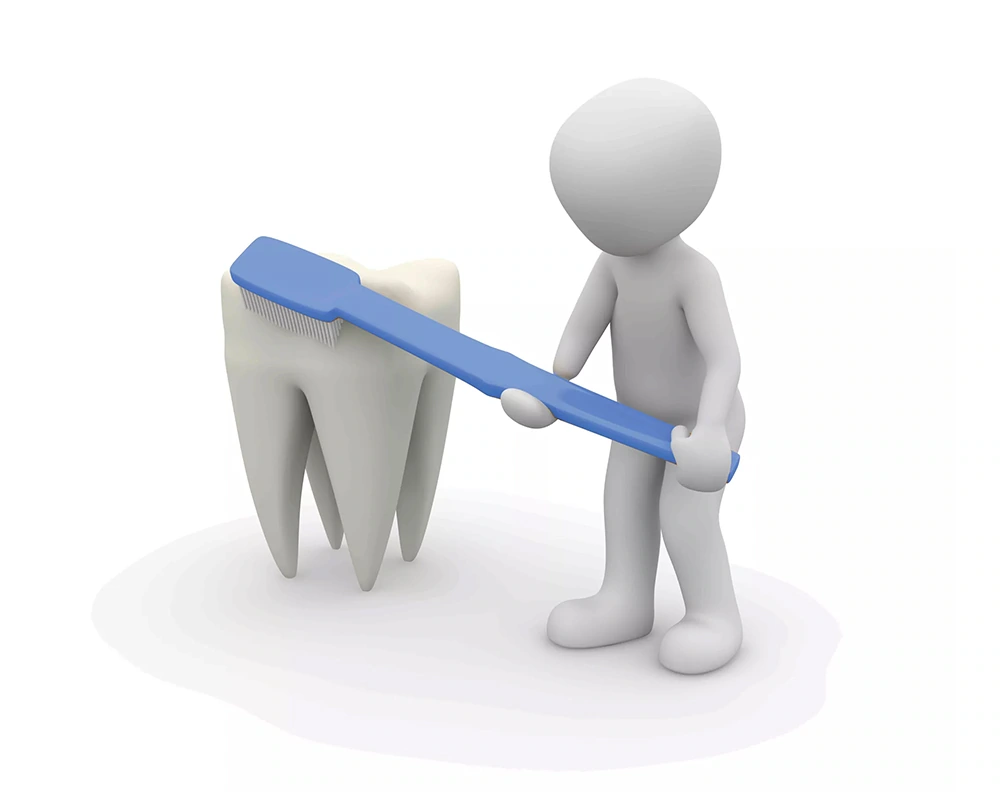

It is also important to understand that contrary to popular belief, brushing your teeth is not intended to remove food debris, but rather to remove plaque. This plaque is the ideal breeding ground for bacteria of all kinds, which inevitably leads to caries , periodontitis (periodontal disease) and gingivitis.
The following tips apply to brushing your teeth with both a manual toothbrush and an electric toothbrush . The only difference is that if you brush by hand, you have to "shake" the tooth and gums yourself with the manual toothbrush. It should also be noted that in addition to these universal tips, everyone has an individual risk of caries or periodontitis and that eating habits and living conditions are also decisive factors. The personal tooth brushing strategy can best be learned and further developed in a therapy-oriented dental prophylaxis program.
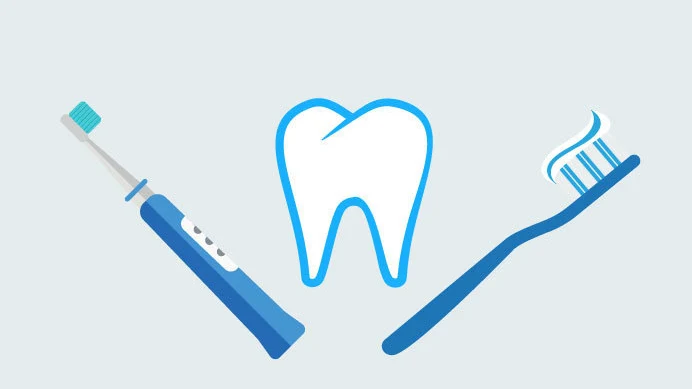
10 TIPS FOR THE RIGHT BRUSHING TECHNIQUE OF TEETH
WHAT YOU SHOULD CONSIDER WHEN BRUSHING YOUR TEETH OR DENTAL CARE
1. CIRCULAR MOVEMENTS...
... sideways up and down brushing or "crosswise scrubbing" is out! When scrubbing, the bristles of the brush don't get into the spaces between your teeth properly.
2. 45°C -SHOP...
...Shake! erase! - place the toothbrush on the teeth at a 45° angle, make a shaking movement (automatic with an electric toothbrush) on the spot and then swivel the bristle head in the direction of the chewing surface.
3. CORRECT FREQUENCY
... 2 times a day. This is not just about removing plaque, but also about regular fluoride intake.
4. FROM THE GUMS TO THE TEETH (=RIGHT DIRECTION)
... or also called from red to white - because plaque mainly settles on the chewing surfaces and at the transition between tooth and gum (on the outside and inside of the teeth).
5. 2 MINUTES (MINIMUM DURATION)
... every tooth should be brushed sufficiently. 2 minutes is the lower limit for adults so that all tooth surfaces can be processed.
6. INDIVIDUAL PROBLEM AREAS...
...pay attention to irregular tooth positions and brush with special care.
7. LITTLE PRESSURE
"2-finger technique" - the brush should be held with two fingers or like a pencil and not with the fist to avoid pressing the toothbrush too hard. The bristles of the toothbrush should not be bent. Too vigorous brushing promotes the recession of the gums and the exposure of root surfaces. New plaque is soft for the first 48 hours. It can also be removed without pressure.
8. GET USED TO THE ORDER...
... then no tooth will be forgotten. e.g. IKA system - (1) "inner surfaces" in the upper jaw from the back left to the back right and then the lower jaw (2) "chewing surface", upper jaw left and right and then the lower jaw (3) "outer surfaces" in the upper jaw from the back left to the back right and then lower jaw
9. RIGHT TIMING
...ideally before breakfast and before going to bed. CAUTION after consuming particularly acidic foods or drinks (fruit juice, citrus fruits, yoghurt, salad with acidic dressing) - you should wait at least 60 minutes between consuming and brushing your teeth, otherwise the superficial layer of tooth substance may be damaged.
10. CONCENTRATION
...for many, brushing your teeth is more of a duty than a pleasure. Thoughts easily wander to everyday problems, professional challenges or the last feature film you just saw. If the concentration deviates, mistakes can creep in when brushing your teeth. Some teeth are simply "forgotten", some problem areas are only treated superficially, etc. Keep reminding yourself of your system and name your problem areas out loud, your concentration is where it should be. Your teeth will thank you!
3 MOST COMMON MISTAKES WHEN BRUSHING YOUR TEETH
Pressure too high
But how gentle should the pressure be when brushing your teeth?
With the 2-finger technique you are already on the right track. If you want to feel what the optimal pressure feels like, use a kitchen scale. Put on the brush and press so that the scale shows a maximum of 250 grams. This is the optimal pressure so that you do not damage gums and tooth surfaces.
Too much pressure can cause gum recession and exposure of root surfaces. The teeth that have been cleaned but are affected usually become sensitive to cold, heat, sweet and sour foods and when brushing your teeth.

When it comes to pressure and tooth protection, electric toothbrush with built-in sensors are the best choice for cleaning teeth. Thanks to the ultrasonic technology, the brush head only needs to be placed lightly on the tooth. Parts of the bacteria from chewing surfaces or inner surfaces are removed by the vibrations even without direct contact.
Wrong time
When should I NOT brush my teeth?
Immediately after eating. If you wait at least an hour after eating, you are also on the safe side. Because the following must be observed
Due to the acidic effect of the (sugary!) food, the tooth surface is demineralized and weakened. Brushing your teeth removes a fine layer of the weakened tooth surface. After decades, the tooth is cleaned but also brushed away.
Therefore, 40 to 60 minutes should elapse between eating and cleaning your teeth. In the meantime, your saliva will jump in. The minerals in your saliva make the tooth surface hard and resilient again. Then you can calm down and get to grips with the plaque.
Sloppy or not at all in the evening
Why is dental care in the evening important?
Brushing your teeth is usually done just before you go to bed. Concentration is low or the scurrying tactic or method is used to get you to bed quickly. But removing leftover food is extremely important in the evening.
Because otherwise you give the bacteria in plaque a whole night to multiply and torpedo your oral health. You sleep better with cleaned teeth.
MORE MISTAKES WHEN BRUSHING YOUR TEETH
What traps or mistakes should I watch out for when brushing my teeth?
In addition to the three most common and mostly tooth-damaging mistakes, there are a number of other traps that you should avoid when brushing your teeth.
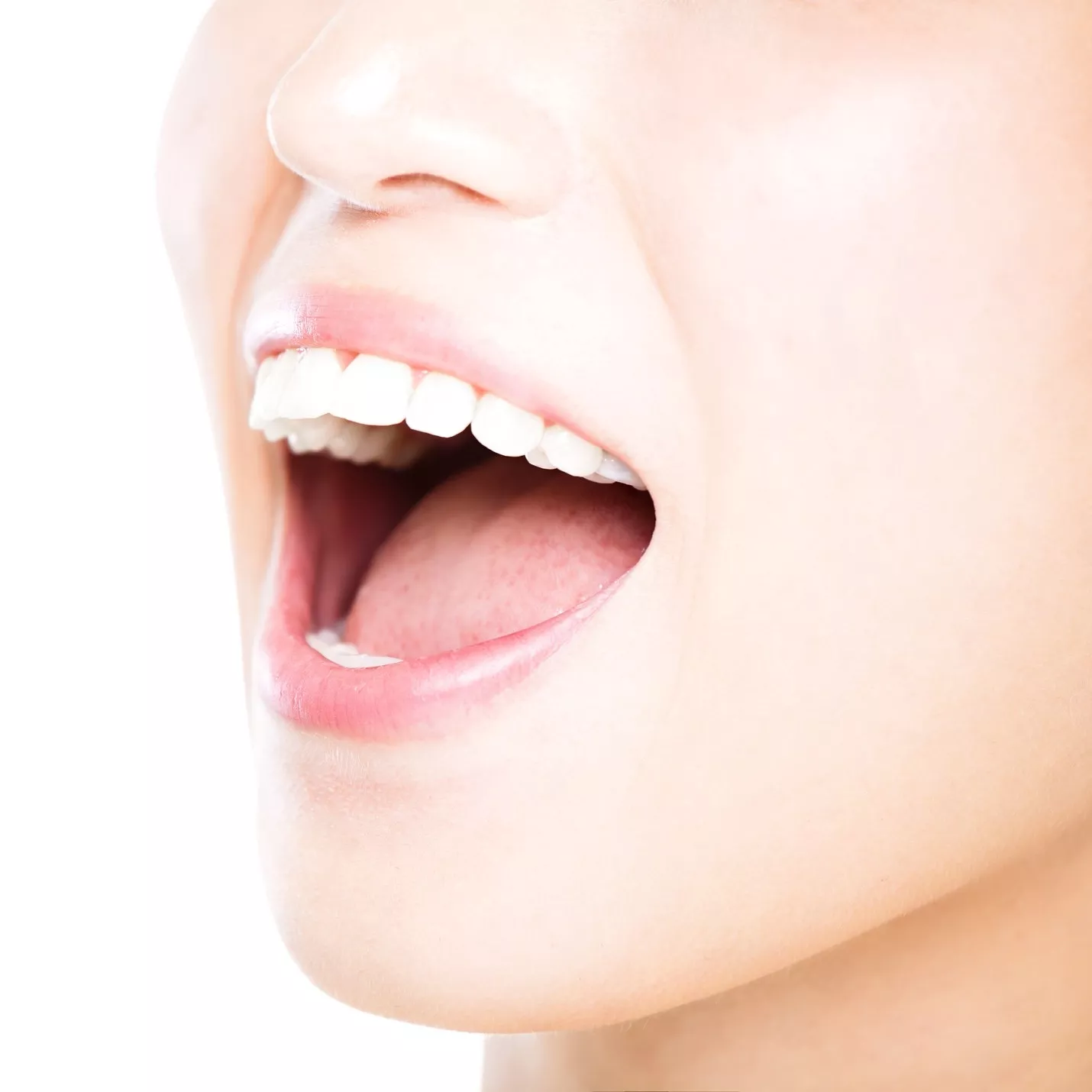
Neglecting the inside and transitions between teeth and gums
Often only the outside and the chewing surfaces of the teeth are properly brushed. You can't see the insides enough, so they don't really catch the eye. The transitions between teeth and gums require a lot of attention and feeling, especially because of their sensitivity and "smallness".
Brushing your
teeth too often Instead of brushing your teeth twice a day, some people brush their teeth 3 times or more. The motives for this are very individual, such as avoiding discoloration after enjoying the coffee. But brushing your teeth too often can damage your teeth more than you realize. Tooth enamel and gums need time to regenerate and repair themselves.
Incorrect movements
Cross-scrubbing or horizontal movements along the transition between the teeth and the gums are outdated knowledge and only inadequately clean the teeth. Circular movements or short movements from the gums to the teeth are better.
Weak points
Every bit has its challenges and weak points. Especially in daily routine activities such as brushing teeth, "short cuts" or inattentiveness creep in, especially with regard to individual weak points such as twisted wisdom teeth . The weak points then quickly become breeding grounds or feeding grounds for harmful bacteria.
Sporadic cleaning of the interdental spaces and the tongue
The daily brushing of the teeth with a toothbrush has already become part of the consciousness and general knowledge, although not everyone always acts accordingly. It looks much worse when it comes to cleaning the spaces between the teeth and the tongue. These two areas are also part of the daily routine of oral hygiene at home .
Important information: You will receive the best training for your individual tooth brushing technique as part of a therapy-oriented dental prophylaxis program . The dentist and the prophylaxis experts recognize your individual challenges and support you in unlearning the mistakes.
As a professional manufacturer of electric toothbrush and oral irrigator / water flosser, Shenzhen Relish provides various types of electric toothbrush wholesale and OEM customized services. You can also wholesale water flosser from Relish at factory price. We can provide you highly competitive prices and look forward to working with you.

Post a comment
- All comments(0)
No comments yet, come be the first!

 日本語
日本語 Español
Español Deutsch
Deutsch 中文
中文